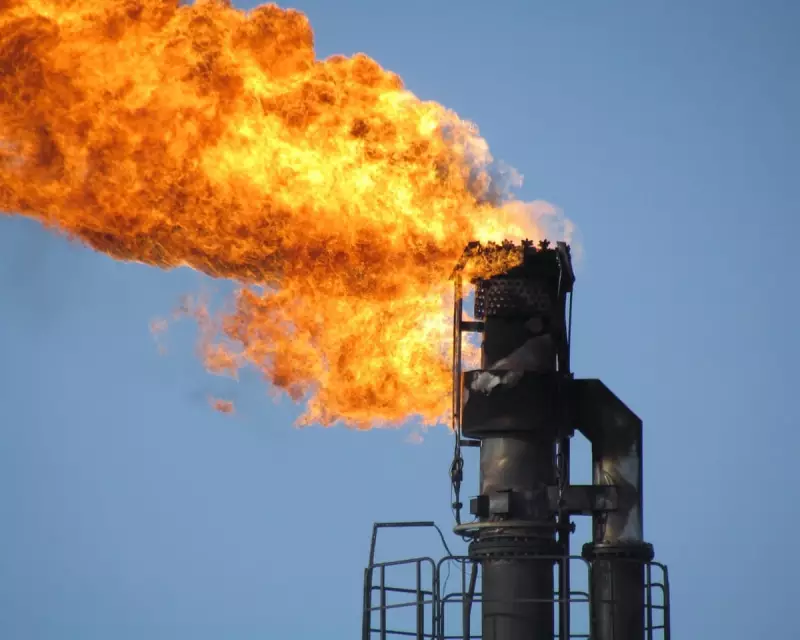
A recent report has exposed the staggering environmental impact of gas flaring, revealing that the practice released a whopping 389 million tonnes of carbon dioxide (CO2) into the atmosphere last year alone. This alarming figure underscores the urgent need for stricter regulations and sustainable alternatives.
The Hidden Cost of Gas Flaring
Gas flaring, the process of burning off excess natural gas during oil extraction, is a major contributor to global carbon emissions. Despite advancements in renewable energy, many oil-producing countries continue to rely on this wasteful and polluting practice.
Key Findings from the Report
- Gas flaring produced 389 million tonnes of CO2 in the past year.
- The practice is most prevalent in oil-rich regions with lax environmental regulations.
- Alternative technologies, such as gas capture and storage, remain underutilised.
The Path to a Cleaner Future
Environmental experts are calling for immediate action to reduce gas flaring. Suggested measures include:
- Implementing stricter penalties for excessive flaring.
- Investing in infrastructure to capture and utilise excess gas.
- Encouraging global cooperation to phase out the practice entirely.
Without decisive action, gas flaring will continue to exacerbate climate change, putting millions of lives at risk.





